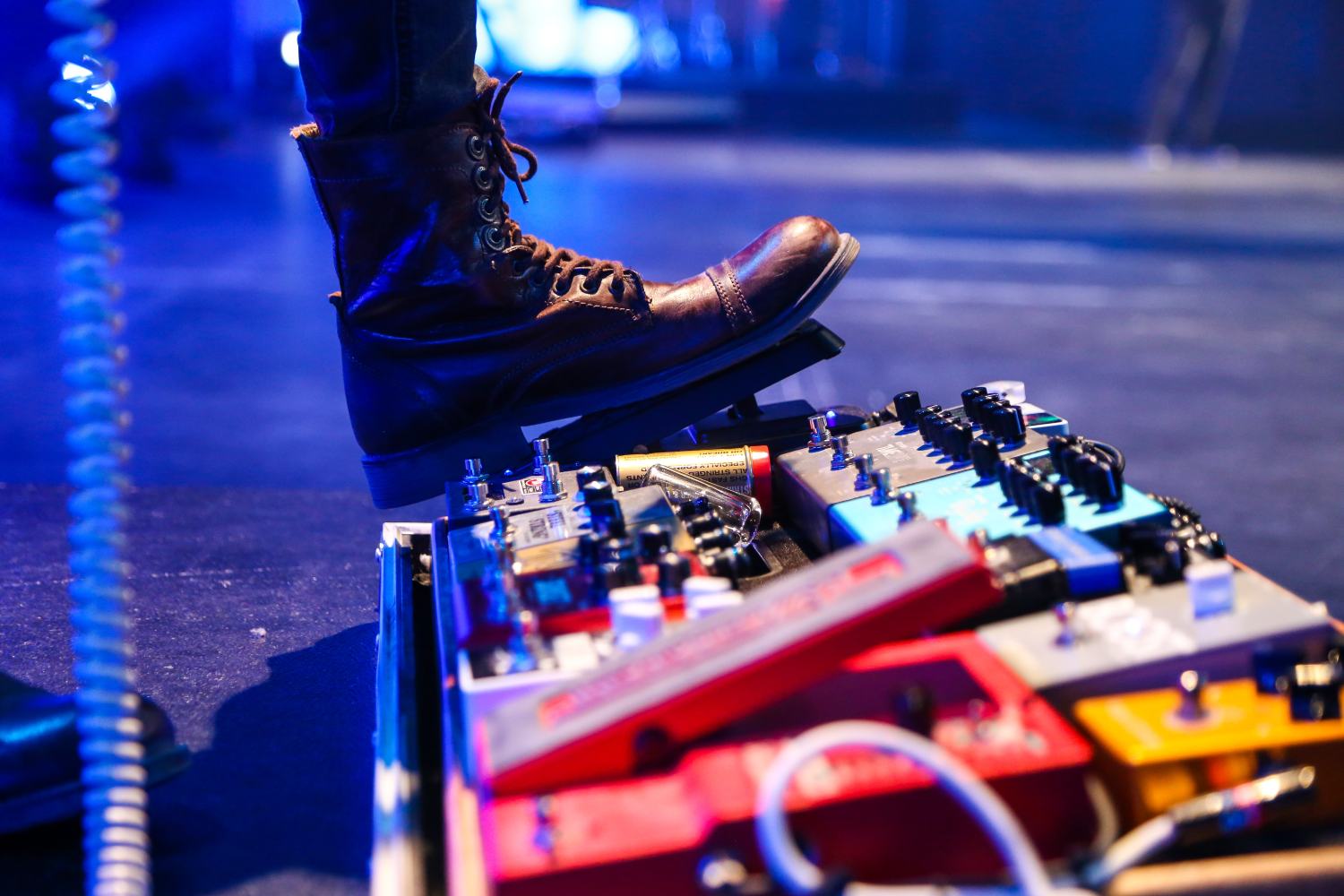Guitar effects are almost as widely employed and discussed as the instrument itself.
There are countless forums, posts, websites, podcasts, reviews, and more dedicated to guitar effects and processing, and seemingly every week there is a new release and often a new company popping up as the latest and greatest thing. Early rock and roll and R&B (actual rhythm and blues) players were utilising reverb and then distortion to vary their tone.
Read all the latest features, columns and more here.
Fuzz, wah, and some modulation effects then showed up a little while later and nowadays we have everything from digital plugins to modellers to huge rack effects to hand wired boutique pedals. While the tone quest for most guitarists never seems to end, adding or using guitar effects can be a great device when you need a dose of creativity and have seemingly exhausted all avenues. Essentially, using guitar effects can change your approach to playing the instrument and help you express yourself.
Oz Noy
Oz Noy has a ridiculous command of the instrument across a broad range of styles. His tunes employ effects often just as prominently as the actual harmony itself with loops, delay parts, ring modulators, chorus, distortion, fuzz, wah, and more. He will often approach a lick, line, or even chord stab with a separate effect (for just that one part) to give the feeling of movement and create the illusion that there is more than one instrument or player involved.
Eric Johnson
Eric Johnson has long been revered for his tone and use of effects. Employing fuzz for lead lines (as opposed to distortion) creates a thick, smooth sound that really lets him articulate each note. He also utilises beautiful delay, reverb, and chorus tones with multi amp rigs to add width and space.
Dean DeLeo
I recently heard the great Dean DeLeo of Stone Temple Pilots fame discussing his main tones and rig setup. He mentioned that he found a setup that he liked early on in his career (a Demeter preamp, VHT power amp, Intelliverb effects, and 2x Marshall quad boxes) but wanted more clarity with his dirty tones (especially with some of the more detailed voicings he uses – Major 7ths, 9ths, 11ths etc). So, his solution was to add another amp to the rig (a Vox AC30 set fairly clean). This added chime and cleanliness to his tone for the blend that allowed him to play exactly how he wanted to. The effects and rig helped him express himself with the tone he was after.
Delay might make you play less, or play different rhythms as the delay repeats become part of the lick. U2’s The Edge has become synonymous with delays (and perhaps more specifically dotted eighth delays) which create some nice polyrhythms to make very simple two and three-note licks (or small two and three-note chord voicings) sound huge!
Tom Morello
Tom Morello and Rage Against The Machine were like nothing previously heard when they burst onto the scene in the ‘90s. While their songs combined elements of rock, rap, and hip hop, it was also Morello’s combination of big riffs and effects that really blew some minds. Whammy, delay, harmoniser, wah (often with several combined) often gave him a more sound and rhythmic approach to parts and solos rather than just chops and burning licks. At times the tonal content was as much a part of his sound and playing as was the harmonic content.
Whatever you’re searching for tone wise – perhaps take some time to experiment and play with guitar effects in ways you haven’t previously. Get a looper, create a shimmer delay/reverb sound, use a wah as a filter with a gradual sweep rather than just full quack. The options are almost endless!
Check out Fender’s recently-released Hammertone line of effects pedals for more.

